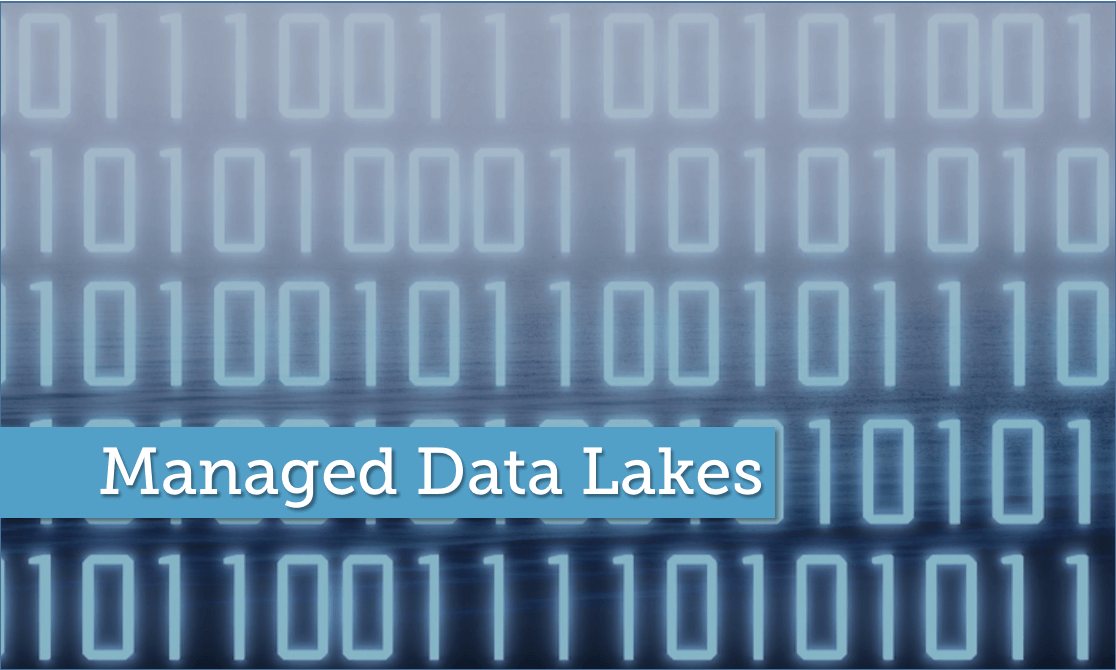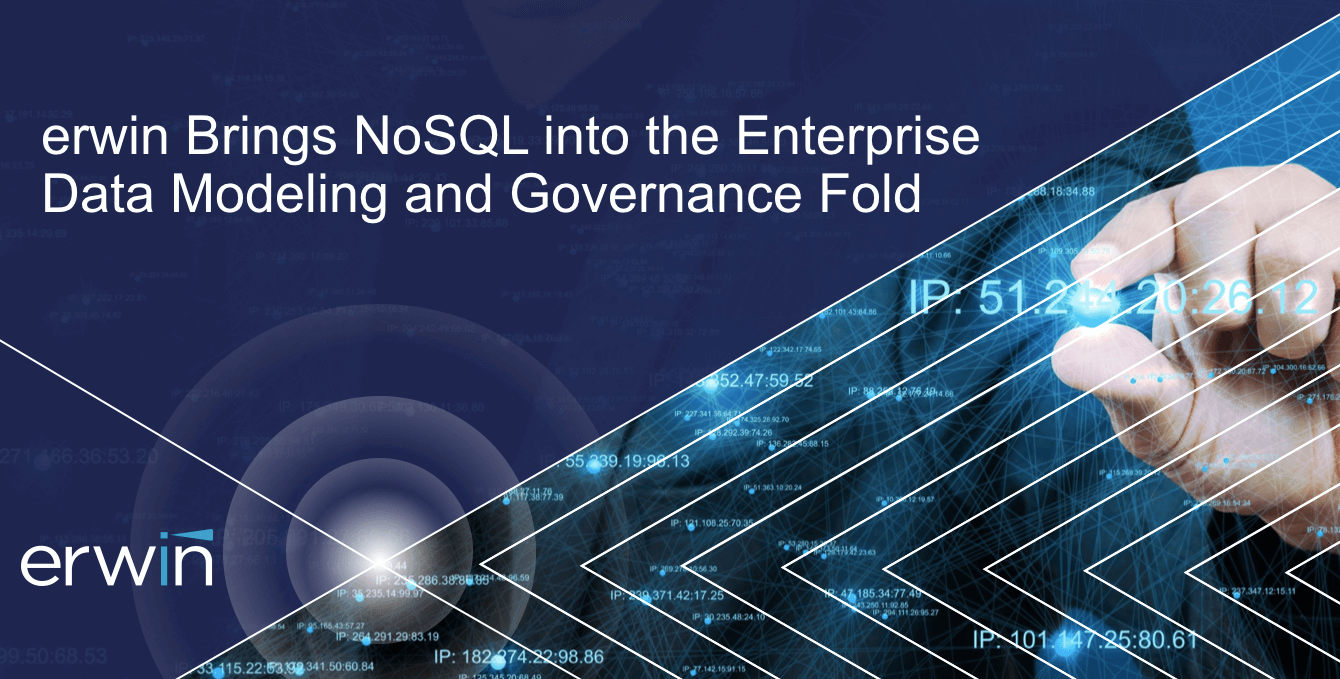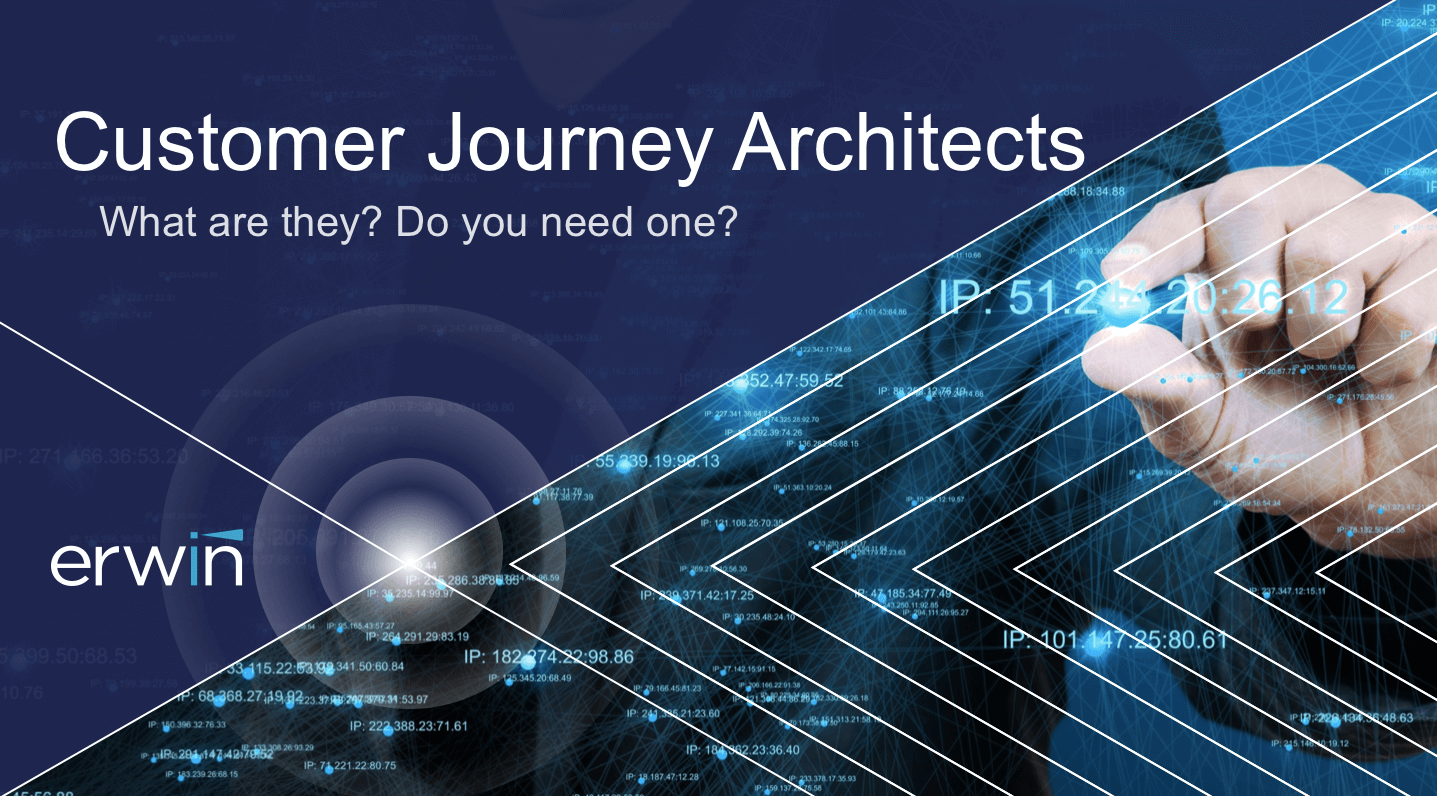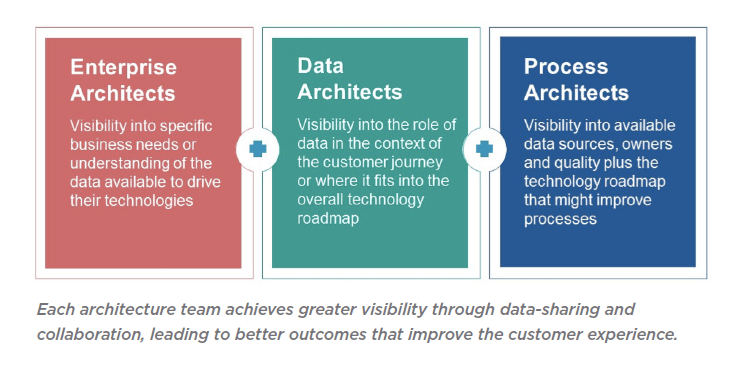It’s almost 2018, so there’s a good chance a portion of your business relies on the cloud. You’ve either moved some legacy systems there already, or you’re adopting entirely new, cloud-based systems – or both. But what about enterprise architecture for the cloud? After all, it’s the glue that helps tie all your disparate IT threads together.
The transition to the cloud is owed heavily to improvements in its technology foundation, especially increased security and safeguards. For the likes of governments, banks and defense organizations, these enhancements have been paramount.
Additionally, organizations across industry increasingly turn to the cloud to keep costs low and maximize profits. These options are usually easier and cheaper to install than their on-premise counterparts.
A 2016 RightScale study found that 31 percent of the 1,060 IT professionals surveyed said their companies run more than 1,000 virtual machines. This demonstrates a sizeable uptick compared to 2015, when only 22 percent of participants answered the same.
The rate of adoption is even more impressive when you consider how forecasts have been outpaced. In 2014, Forrester predicted the cloud market would be worth $191 billion by 2020. In 2016, this estimate was revised to $236 billion.
The cloud is big business.
Why Enterprise Architecture for the Cloud?
We’ve established the case for the growing cloud market. So why is enterprise architecture for the cloud so important? To answer that question, you have to consider why the cloud market is so expansive.
In short, the answer is competition. Although there are some colossal, main players in the cloud market – Amazon Web Services (AWS), Azure, Google Cloud Platform and IBM make up more than an estimated 60% – they act as hosts to smaller cloud businesses spanning copious industries.
Unlike the hosts, this layer of the cloud market is incredibly and increasingly saturated. Such saturation is due to an even more complex web of disparate systems for which a business must account.
And said business must account for these systems to establish what it has right now, what it needs to reach the organization’s future state objectives, and what systems can be integrated for the sake of efficiency.
If enterprise architecture (EA) isn’t actioned in bridging the gap between an organization’s current state and its desired future state, then it’s fundamentally underperforming.
Enterprise Architecture for Introducing Cloud Systems
The above details how EA benefits a business in managing its current cloud-based systems. The primary benefit being the ability to see how and where the newer, disparate cloud systems fit with legacy systems.
But EA’s usefulness doesn’t start once cloud systems are already in place. As established, a key objective of EA is to bridge an organization’s current and future state objectives.
Another key objective is to better align an organization with IT for better preparation in the face of change. In this way, EA enables organizations to make or face enterprise changes with minimal disruptions and costs.
Cloud systems have disrupted how businesses operate already.
And with competition in the cloud space as populated as it is today, more disruption is coming. Therefore, having well-executed EA will make it easier for businesses to manage such inevitable disruption. It will also enable organizations undergoing digital transformation to implement new cloud systems with less friction.












